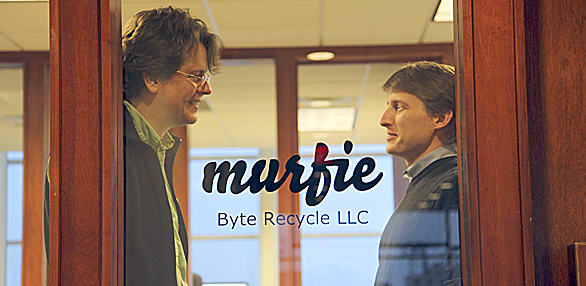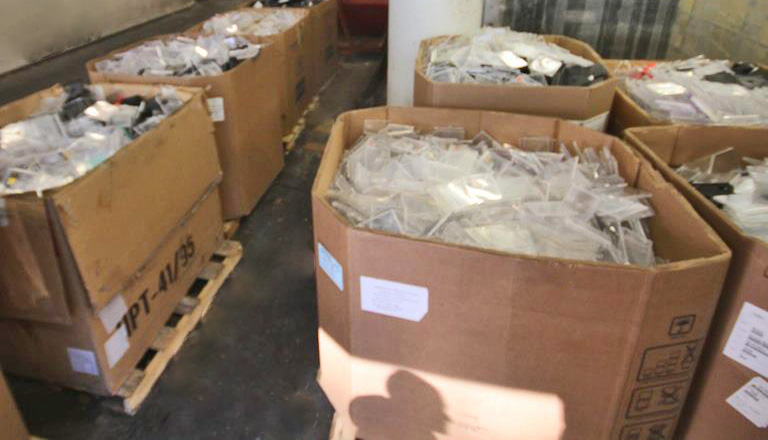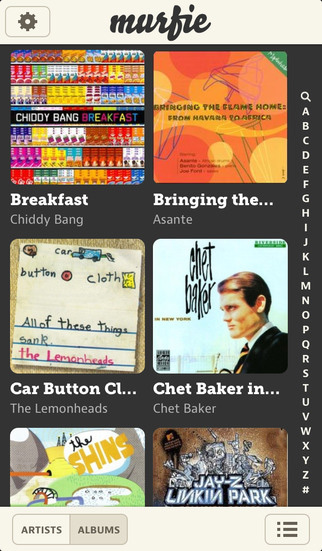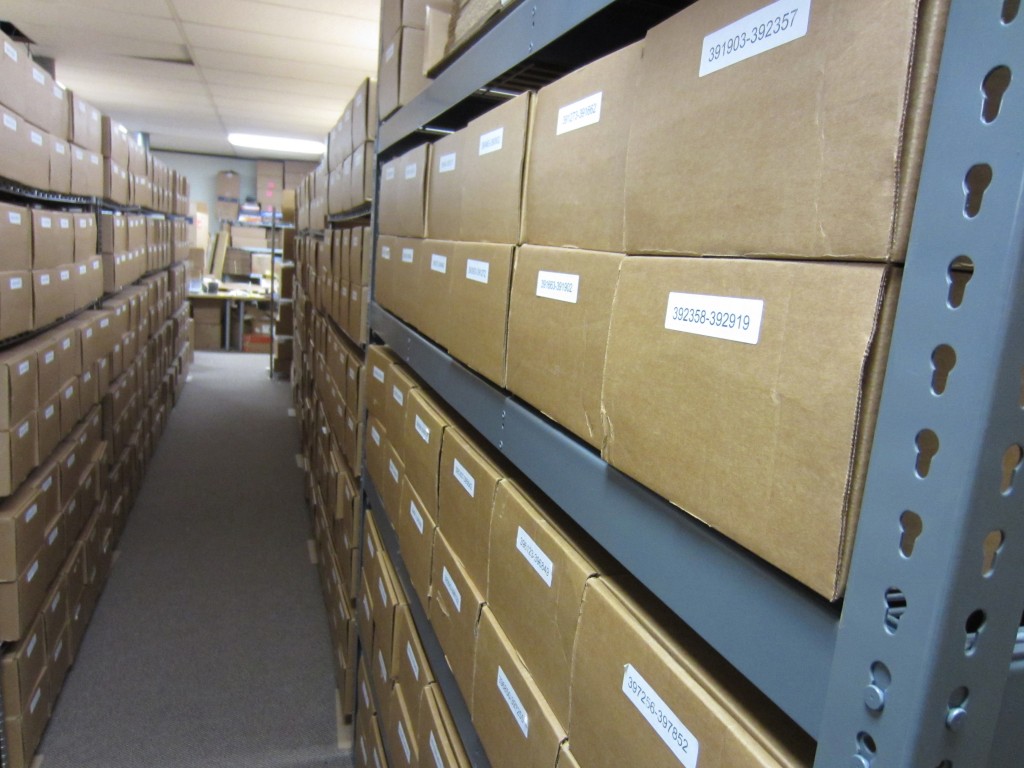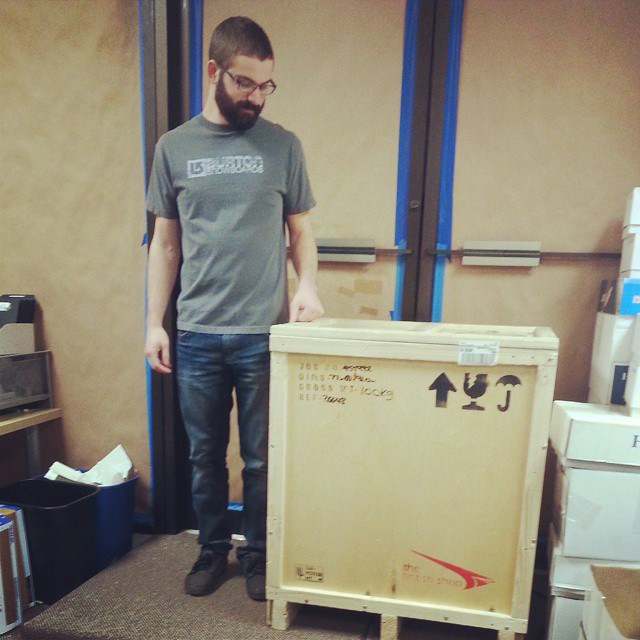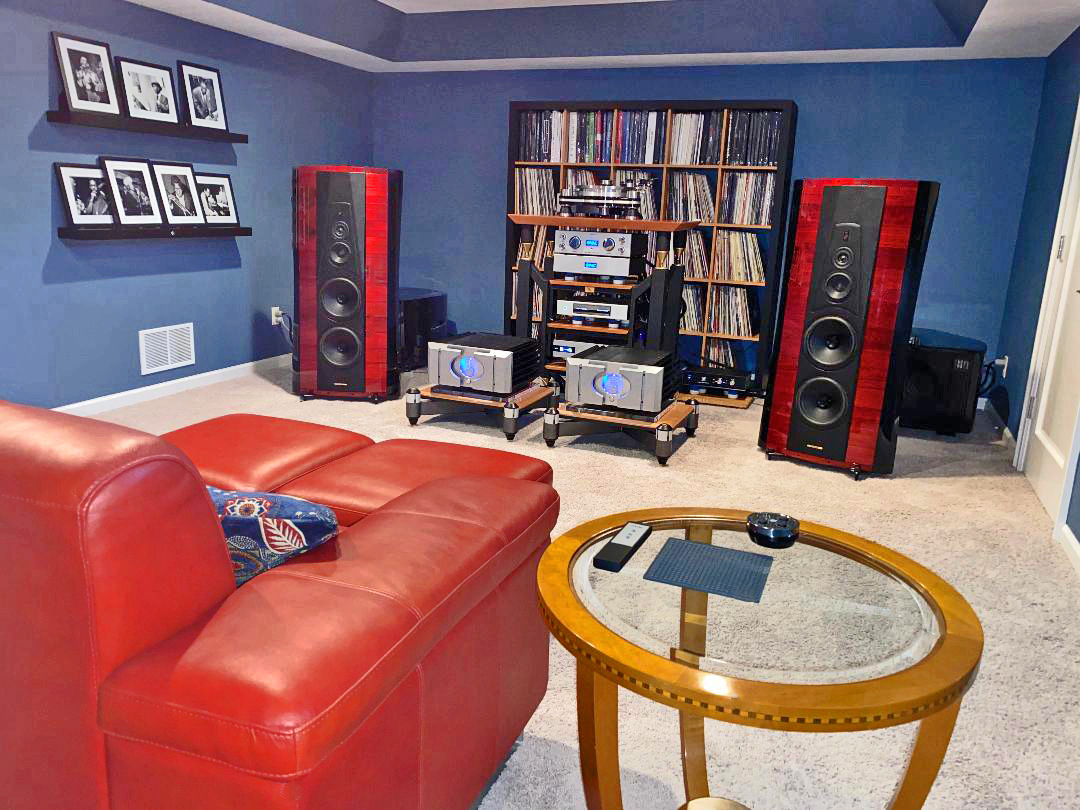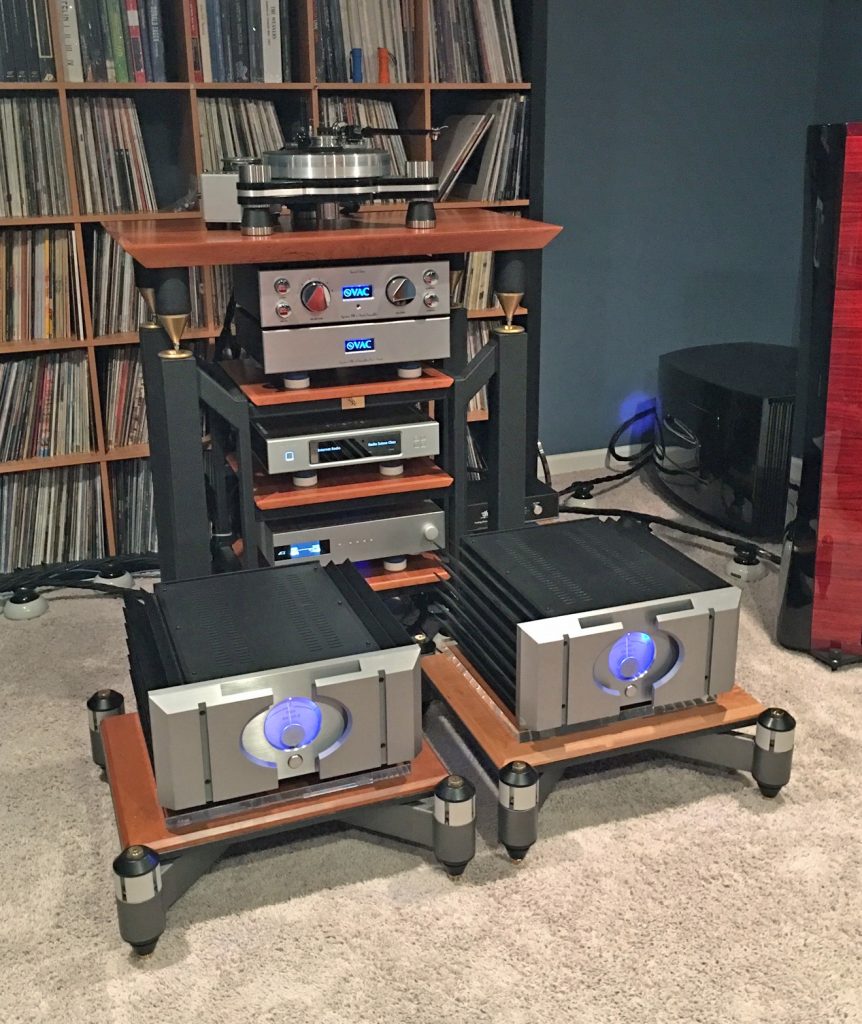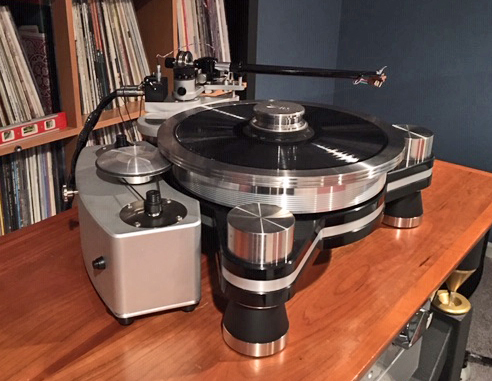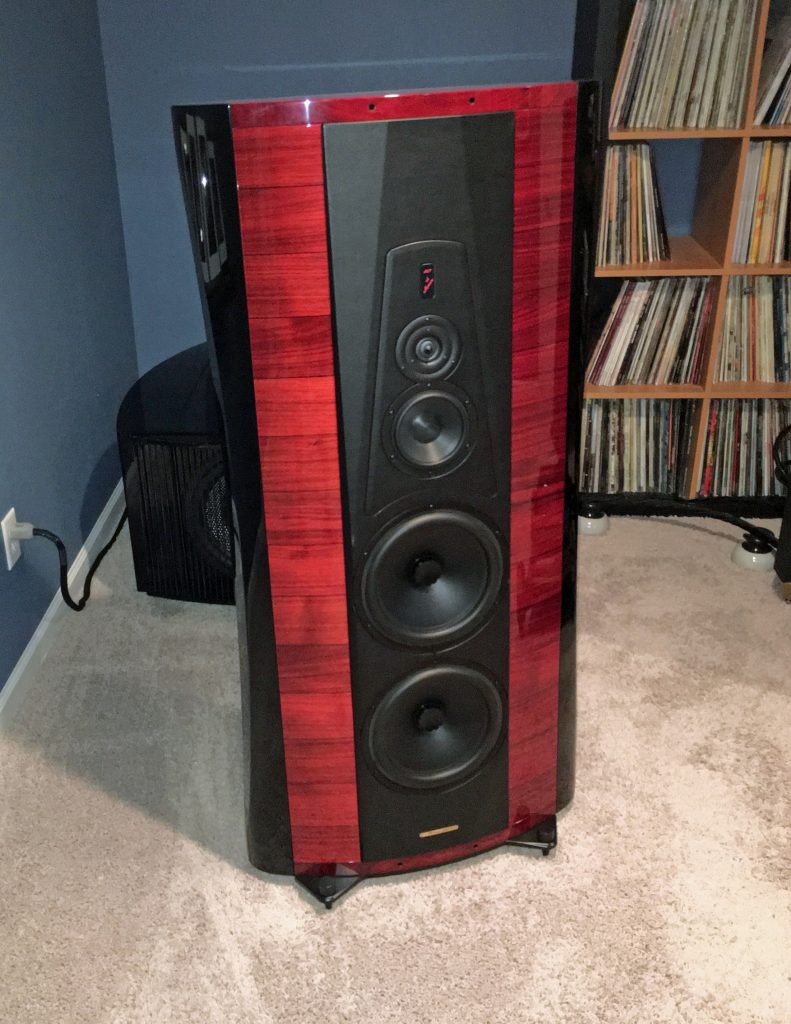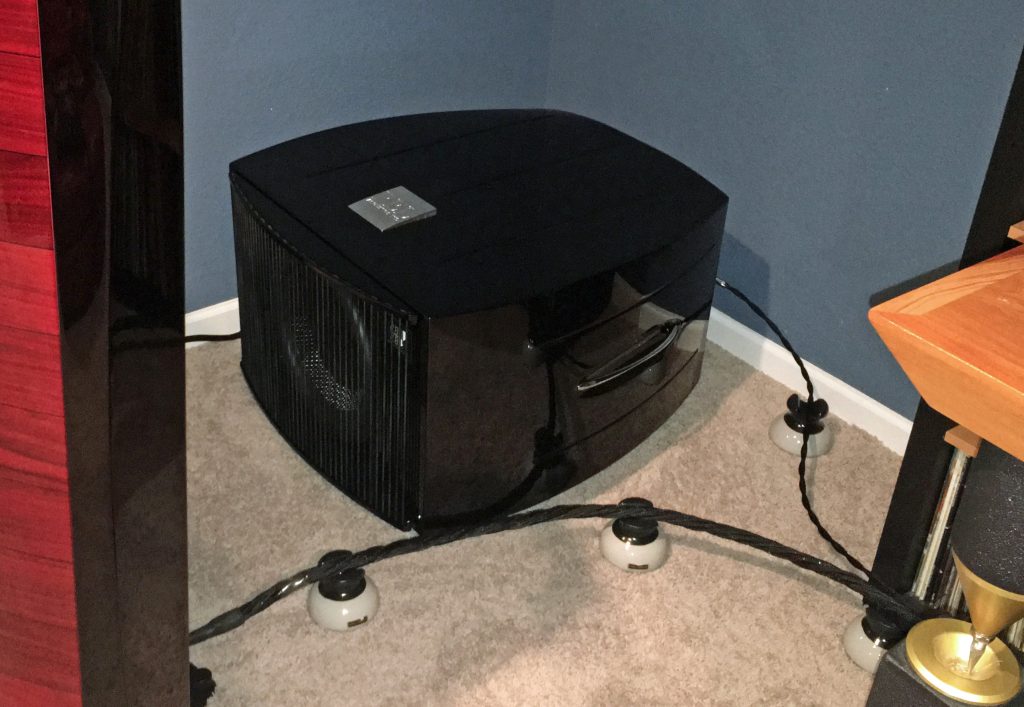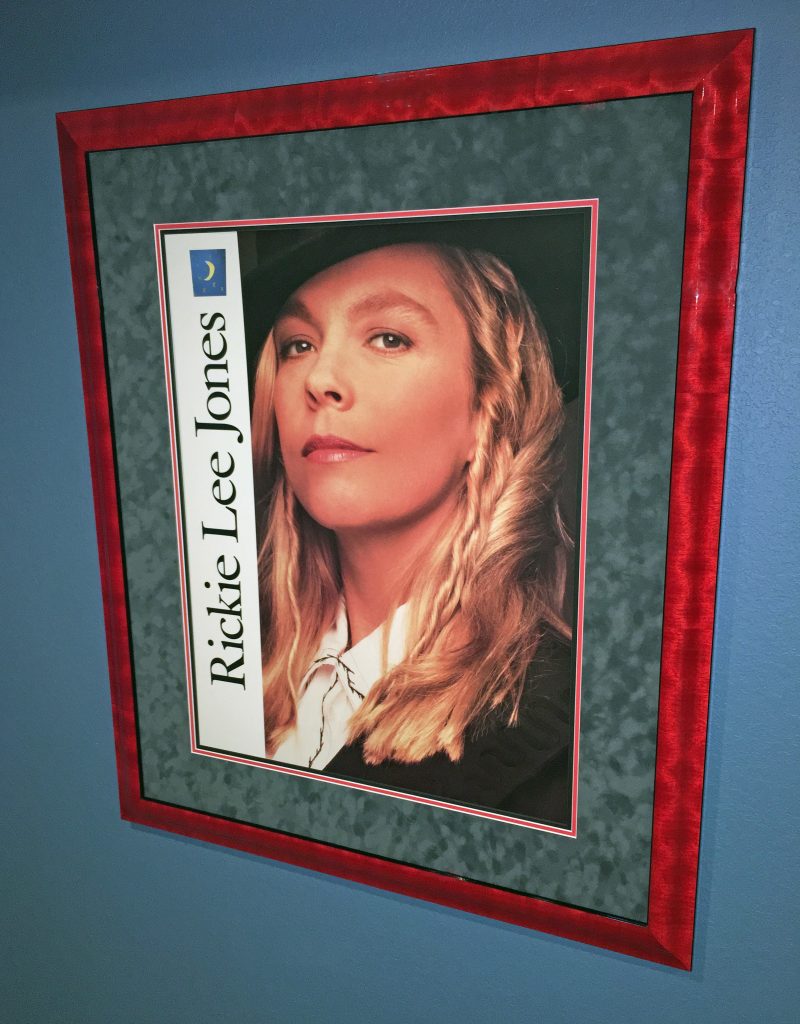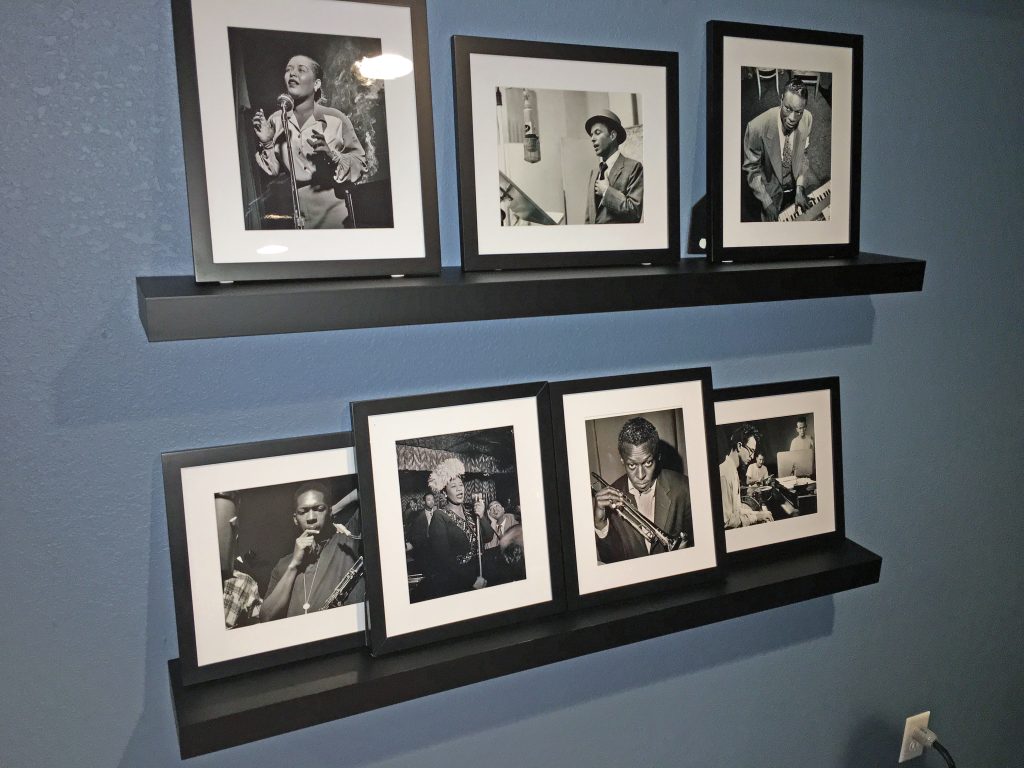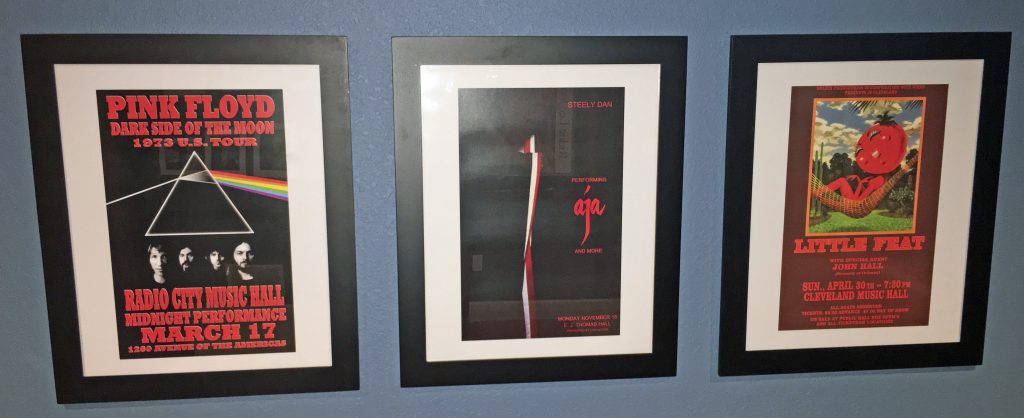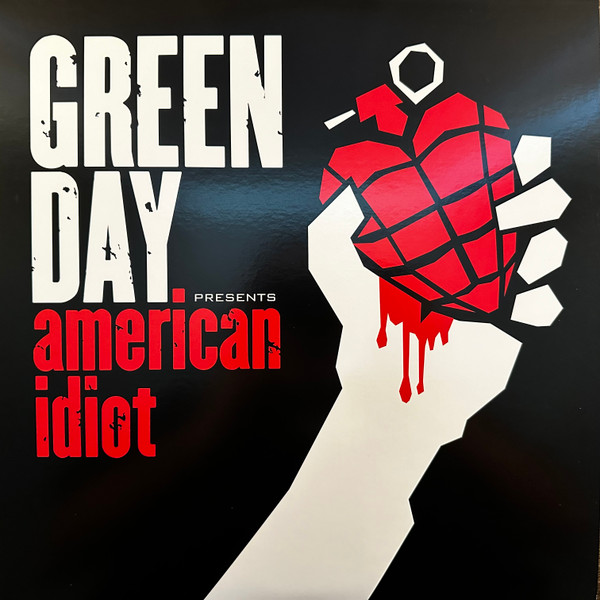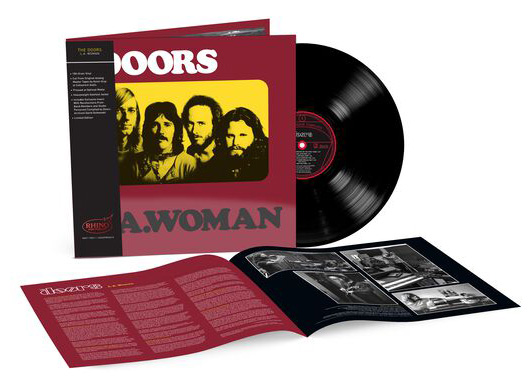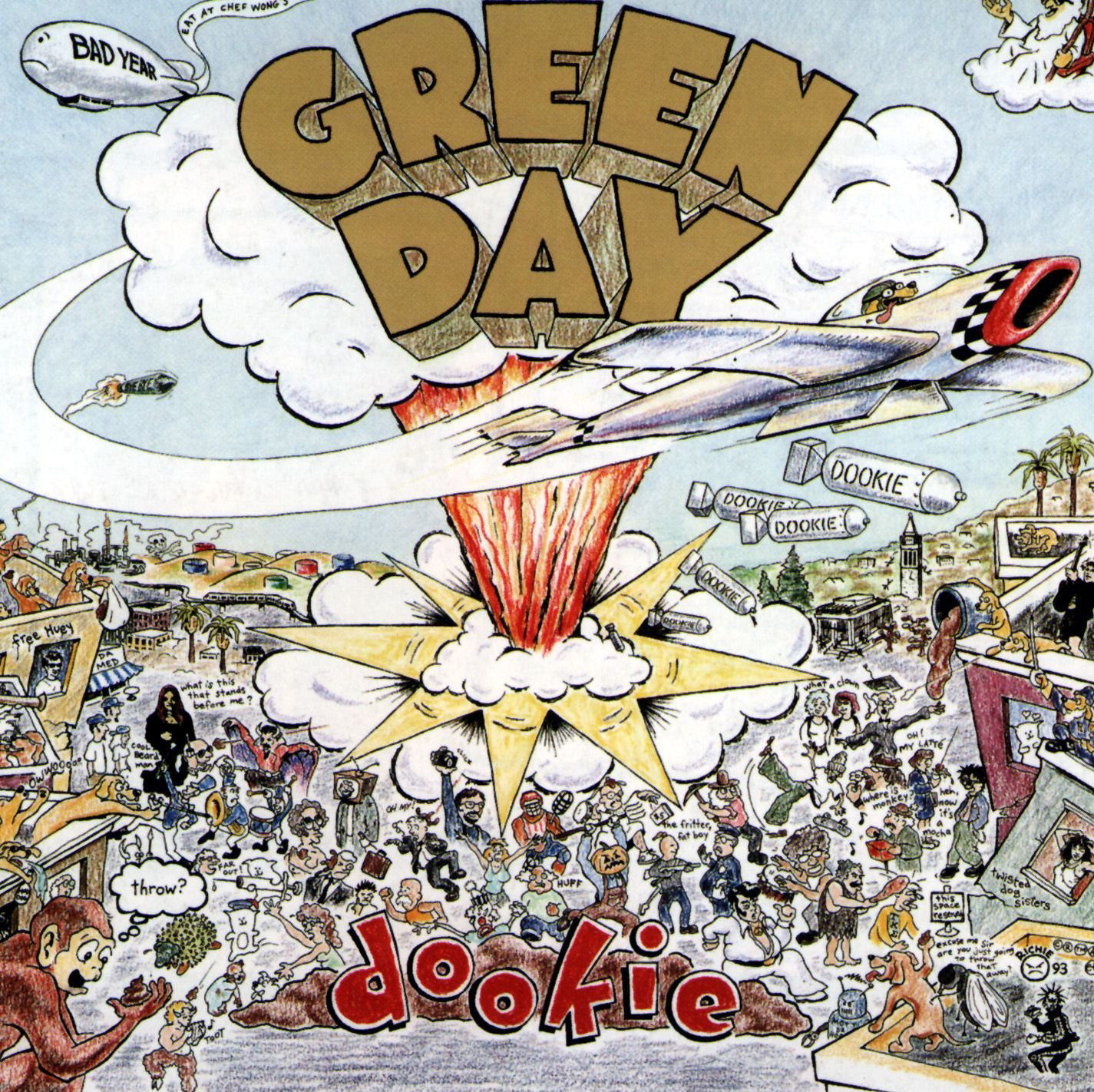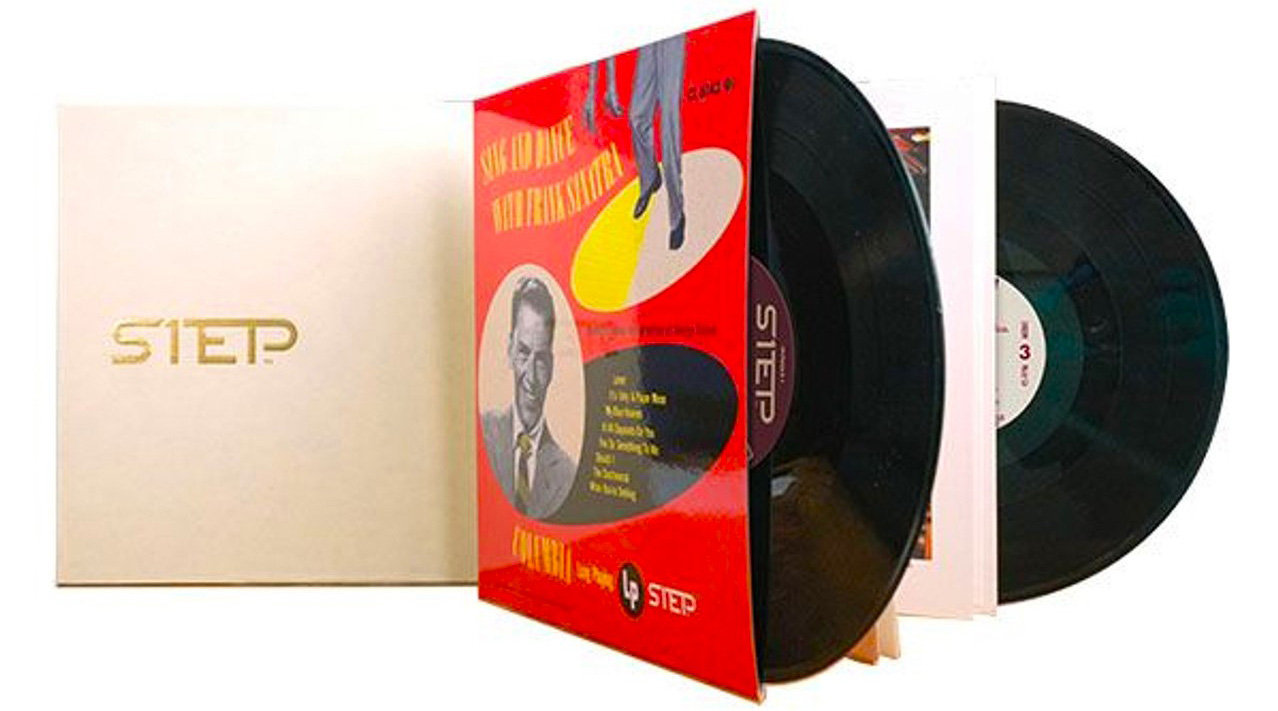During my career with AT&T Bell Laboratories, I had many opportunities to visit some of the finest higher education institutions in the country. My focus was on central office switches for voice and data services—typically purchased and utilized by regional telephone companies for medium to large cities and urban areas.
Of course these elite Universities did not want your standard sized Private Branch Exchange (PBX) or even the ability to outsource their telephony needs and tap into the local public network. They wanted to privately own the most powerful and feature rich switches available—even if they were intended for large population areas and were engineering overkill for most campuses. We are American after all—only the biggest and the best is good enough! Some of my visits and presentations included Stanford, Berkley, Harvard, MIT, Michigan and on and on. One of my favorite memories was a visit to the University of Wisconsin in Madison.
I love University towns. There is a certain level of energy and excitement that just can't be beat. Throw in the cultural opportunities like major artists performing classical, jazz and rock concerts, a few esoteric art galleries and museums, and typically some very sophisticated restaurants, bars and night clubs. You can live a very enjoyable and fulfilling life even as a non-student. I didn't even mention college sports if that's your thing. You are surrounded by youth and ambition. It can keep you young.
Madison is all of this and more. It's also the location of the state capital and a long history of pioneering efforts in politics, labor and industrialization. Like most pre-eminent Universities, new technology and new start up business centers are sprouting up everywhere. Over the years, the list of friends and family members who attended the University of Wisconsin and found a way to never leave Madison seems to be growing exponentially. There is a loyalty and comfort level that has provided a very strong attraction for some of the most talented and educated resources available to the workforce—especially in the Midwest.
The campus itself is absolutely stunning. Many buildings are built on the shores of Lake Mendota or at least within walking distance. The famous Memorial Student Union has a huge terrace or what locals call "the back porch" with a rainbow collage of chairs and tables overlooking the lake. More often than not a myriad of stunning sailboats will greet you from buoy to buoy as you settle in and take leave of all stress and concerns. Beer is served at the Student Union and I remember pails of suds on many tables inside the student cafeteria and outside on the terrace. Sounds kinda over the top for most parents, but this continues to be a respected tradition and is generally properly managed. What's not to like?
It's not all fun and games though. The University of Wisconsin is consistently ranked as one of the finest for Engineering, Business, Education and the Sciences. I come from a large family of seven kids. As Illinois residents, unless you received athletic or scholastic scholarships, the golden rule was that only in-state universities would be financed by my Father's bank account. There were two exceptions: Wisconsin and Notre Dame. He strongly felt that the University of Wisconsin would be well worth the out of state tuition because it provided an outstanding balance of a first class education and a reasonable social life. Yes, thankfully he believed that the college experience was more than just about books. His other choice of Notre Dame would require an entire article on its own to explain.
Murfie
Sorry for the lengthy intro, but I wanted to set the stage properly. Why all this back story? Well, I was invited to visit an exciting new company in Madison that has some very strong ramifications for the audiophile community and for music availability on the Internet in general. I was also curious to see how things have changed on campus and in the immediate metro area.
The company is called "Murfie". The name comes from a play on words for Materials Recycling Facility. You may have read about the start up in the Wall Street Journal, Time Magazine or the New York Times. There are strong ties to the University as the founders and many of the employees were or are students. The basic idea is to provide an online service to buy, sell, and trade your music. Murfie will also store your hard copy collection and will allow you to stream and download what you buy or already own. This includes CDs and vinyl LPs (see caveats below for LPs).
Murfie has three principle founding members: Matt Younkle, Preston Austin, and Steven Faulkner. Matt spent some time talking to me about the beginning and the future of the company. It turns out that Matt has considerable experience with startup companies and I found his personal story to be very interesting.
Two Of The Murfie Founders: Preston Austin and Matt Younkle
As an Electrical Engineer and Computer Science student at Wisconsin in 1996, Matt was always very frustrated by the long lines and time spent at the Student Union when trying to buy beer (aren't we all?). Motivated by that frustration and challenge, he and two friends invented TurboTap, a device that pours draft beer three times faster than traditional tap methods and also reduces waste.
He later turned that into a prosperous business in Chicago called Laminar Technologies. In 2007 he sold his shares to a private equity firm. TurboTap is used throughout the country in many bars, restaurants, hotels and even sports stadiums. This includes professional sports venues in virtually every major city.
Back to Murfie. If like me, maybe you are finally ready to make the computer audio plunge. It's probably also time to dig yourself out of the thousands of CDs and LPs that continue to clutter your home and listening room. There is plenty of exciting new high resolution music that is now available for downloading, but you may need a computer, a DAC and a hard drive to partake. Lastly, there seems like a never ending lineup of new DACs, Music Servers and Streaming Devices hitting the marketplace. There are plenty of wonderful options out there - even for the novice like me to finally roll the dice.
Ripping my current hard copy collection one at a time seems like a dauntless task, thus my primary interest in Murfie. I am not quite ready to leave my vinyl behind, but I am curious how Murfie is developing ripping services for that too. With my fingers crossed and my motivation level fairly high, I decided to move forward. I thought that our readers might also enjoy reading about my personal journey—both the positives and the negatives.
Business Model and Strategy
What is the logic and strategy behind the ripping and storage element of the Murfie business model? Murfie's primary objective is to be a market leader for Internet music. Used CDs are the key, but ripping, uploading and storing these CDs are the differentiator. After purchase, buyers can avoid the wait for new or used physical discs to be mailed and received. Music can be streamed or downloaded in real time. Prices for used CDs and LPs are typically considerably less than that for new discs purchased online or at your local record store (for those few stores that are still out there). This pricing advantage also holds true when compared to the download pricing from other Internet market leaders (see Copy Right section below for additional advantages).
Murfie has a strong commitment to going green and finding ways to set new standards for recycling plastic cases (polystyrene). This does not include the physical CDs at this time. There is some interesting numbers floating around about recycling. It has been estimated that there have been 15 billion commercially produced CDs in the US marketplace. Another is that 1.25 million CDs are out there just sitting unused. It takes approximately 12,000 CD cases to produce about a ton of recyclable material. Recyclable polystyrene can be reused for many applications. Murfie has a goal of recycling 100 tons of polystyrene per year. I think that it is important that US companies pave the wave and provide global leadership in terms of environment, conservation and reuse. Murfie has definitely made that a top priority in their business model! Very commendable.
Basic Services
- The following bullets provide some of the basic service descriptions and costs. See the Murfie website for more detailed information and FAQs.
- You can ship CDs and LPs to Murfie for ripping and uploading to an online database and personal account. They will then be available to stream or download in real time.
- Processing times are typically 2 to 4 weeks, depending on the size of your collection and where it falls in the queue. You'll receive an email when your collection has been posted to your online account.
- After ripping and uploading, you can stream your music collection in 320 kbps MP3 on iOS and Android devices with the Murfie App and from any web browser with the Murfie Web Player.
- The Murfie App is very easy to use and update with a straight forward user interface and ergonomics. Album art and metadata is presented in a very clear and logical way. Please see the Murfie website for sample graphics and layout.
- The Murfie app can also provide lossless streaming to such devices as Sonos , VOCO, Bluesound, Samsung, and Ruku.
- High resolution 24/192 LP streaming is available with Bluesound for Murfie hosted vinyl collections.
- There are unique links and settings in place from your account to an online Murfie marketplace for members. Albums are eligible for sale, trade, and gifting if they have not been downloaded. There are currently almost 125,000 CDs available in this marketplace for these types of transactions.
- There are several creative interactive and automated services like "Trade Offer", "Wishlist" and "Autobuy" for members to bid and accept offers via the marketplace. This includes existing CDs or those that might be added a later date.
- Murfie will safely store your physical collection at their headquarters in Madison, Wisconsin. You can have it returned at any time. Currently Murfie is warehousing over 750,000 CDs and the total count is growing dramatically.
- For offline listening, you can download your music collection in the digital format of your choice from MP3, AAC, FLAC and ALAC. After downloading, you can store the physical disc at Murfie or have the physical disc shipped back to you directly. You cannot sell the physical disc after downloading (see Copy Right discussion below).
- Murfie can rip your collection to a NAS Drive and return the NAS Drive for use in your home system or home network. You can rip your collection in the digital format of your choice including MP3, AAC, FLAC and ALAC.
Basic Pricing
- It's free to join Murfie.
- CDs are ripped and uploaded at $.79 per physical disc for those that are shipped to Murfie from your personal collection. CDs purchased on the Murfie website include free ripping and uploading.
- After ripping and uploading, it is free to stream and download the CDs and LPs.
- There are additional optional memberships. Murfie Gold at $25 per year will get you $1 off all CD purchases. Every disc that you buy or trade for on Murfie can be ripped and uploaded for free. Up to 20 additional discs per month from your personal collection can be ripped and uploaded for free.
- "Murfie HiFi" at $99 per year will get you lossless streaming on Sonos, VOCO, Bluesound, Samsung, and Ruku devices. The $1 off purchase deal only applies to Murfie Gold members.
- LPs can be ripped and uploaded at $10 per 12" or 10" LP and $5 per 7" LP.
- An additional fee is required for ripping CDs and LPs to a NAS Drive depending on quantity and configuration. Please contact Murfie for specific configurations and pricing.
- For shipping your personal collection to Murfie, you can order a shipping kit containing a box properly sized for your collection, shipping labels, tape and instructions. You can find instructions on the "Kit Request" page on the Murfie web site. Shipping fees are included in the $.79 per disc ripping and uploading fee.
- Storage of your collection at Murfie is free for one year. You can continue to get free storage after that by completing 12 transactions per year (purchases, sales, trades, paid deliveries). Murfie Gold and HiFi members qualify for free storage.
- If you do not qualify for free storage, the annual storage fee is $12 for up to 1000 discs. Beyond that, it's $24 for 2000 discs, $36 for 3000 discs, $48 for 4000 discs, and so forth.
Copy Right Rules
It is important to understand certain legal considerations for the copy rights of your albums. CDs and LPs ripped to the Murfie database are individually backed by corresponding physical discs and each physical disc has an individual owner. When discs are bought or sold, ownership and access moves from the seller to the buyer.
When you send discs to Murfie or buy, trade and gift discs through Murfie and then rip and upload them to your account, you can stream them in real time for free. You cannot sell, trade or gift the original physical disc if the files are ever downloaded. You can store it at Murfie or have it sent to you directly, but again you cannot sell, trade or gift it after downloading. Since you made a copy via a download, you are restricted to protect artist copyrights.
Murfie guarantees you ownership of the music. Murphie's business model requires this ownership so that you have a guarantee of legal rights to sell, trade, and gift your CDs and LPs. This ownership also allows you to convert your music to new digital audio formats as they are developed down the road.
These are the key differences between Murfie and other online services that offer music downloads and streaming. Again, from a copyright perspective, my layman's understanding is that buying tracks on most other services only gets you the license to listen to the music, and you lack most of the rights that owners of the physical media have. Please contact Murfie if further legal clarification is required.
Tour
Murphie is located on several floors in a high rise commercial building located across the street from the State Capital building in Madison. The city views from all floors were quite dramatic from my perspective. Downtown Madison is an exciting vibrant area for local business and socializing. What a wonderful place to work! Currently the staff includes approximately twenty full time and part time employees.
My first stop was at the physical media storage area of the building. As stated above, Murfie has approximately 750,000 privately owned CDs in storage for their customers. They also have approximately 125,000 privately owned CDs that are listed on their open marketplace website for sale, trade or gifting and are also stored in the building. I found this warehouse area to be extremely clean and organized with some very sophisticated crating and rack systems in place.
Next up was the ripping area. I was politely asked not to take pictures, but I am allowed to describe what I saw at a high level. There were approximately a dozen or so work stations with multiple desktop computers and monitors at each. Each work station also had several transports for simultaneous and/or parallel CD ripping.
For LP ripping, Murfie is just beginning to ramp up and provide additional services. Currently the LP work station includes a Pro-Ject Audio RPM 5.1 turntable including a carbon fiber Pro-Ject Audio 9.0 tonearm. A Dynavector P75 MK III is the primary phono preamp of choice but upgrades are planned for in the near future. Cartridges include the Sumiko Blue Point No. 2 and Dynavector 10X5. A RME Babyface D/A Interface is utilized for conversion. Murfie is also investigating some fairly sophisticated resonance control devices for additional performance improvements.
Murfie is currently using dBpoweramp software for ripping CDs. AlpineSoft VinylStudio software is utilized for ripping and noise reduction on LPs (tape hiss, clicks, pops, etc.). Proprietary software is planned for the future that will provide additional features and sound quality enhancements. Without sharing specific headcount requirements, Matt did comment that Murfie has a considerable commitment to developing additional proprietary software as many if not most of the employees are writing code full time for both current and future applications. They have a long term vision for new services that will soon be rolled out and it will require plenty of investment and development beyond off the shelf products.
Getting Started
I live only an hour or so from Madison, so I boxed up and loaded my thousand or so CDs and made the drive. For this reason, I did not have the opportunity to personally use and test Murfie's shipping kit (so caveat emptor), but I had a chance to talk to other members and to search the Internet for customer feedback. Sounds like the process is well designed and organized with excellent feedback from most. It is not unusual for Murfie to receive large crates and coffin like shipping containers from some very interesting customers around the world with huge collections. See the picture below of a recent arrival from London.
It is important to get a clear understanding of turn around on your order and account. Murfie is ramping up quickly as the word spreads and business is booming. It took well over a month for my thousand CDs to get processed. This was expected based on the order size. Smaller orders can be more quickly ripped and ready for streaming or downloading, but I recommend talking to Murfie upfront to avoid any misunderstanding.
You might also consider the Murfie Gold membership option that allows you to rip up to 20 albums a month for free. I am told that many members prefer sending in smaller batches of media each month as they can convert their entire collection over time with a definite strategy and priority for favorite and specific music first.
NAS Drive Setup
Fortunately, I was able to work with Chris Morris at Auralic to help me select a NAS drive for all my music file storage and to support my future system needs (see below). Murfie has a series of preferred NAS and hard drives from Western Digital, Seagate and Toshiba that they offer to their customers. However, they will work with you to utilize other brands and models. I ended up with a QNAP TS-451 NAS drive and four Western Digital WD Red 1 TB hard drives. With Chris's help, it took about 15 minutes to set it up for Murfie and all the ripping and storage needs. I probably could have worked through the menu myself but if you have a buddy with basic NAS drive experience, it will be a snap. Murfie can also provide this service when purchasing a NAS drive directly from them.
One of my objectives for this year is to purchase an Auralic Aries Wireless Streaming Bridge and use it as a wireless interface to my Playback Designs MPS-5 DAC/CD/SACD Player. I will also consider the new Auralic Aries Mini that was just announced at the Munich Hi-Fi Show. I will be reporting on this implementation in a follow up article.
Until that happens, I asked a friend over to help me check out the QNAP NAS drive and to evaluate sound performance through my system. After picking up the drive from Murfie, he swung by and brought over his decked out Macbook Pro and Benchmark DAC2 HGC along with an Audioquest Diamond USB cable. I added Synergistic Research Element Tungsten power cords and CTS Interconnect cables for more consistency with the rest of my system. JRiver Media Center Mac 20.94 and JRemote software were utilized on the Macbook Pro and an Apple iPad respectably.
Again, it sure was helpful to have someone with some Computer Audio experience for set up. It took about 30 minutes for connecting and changing a few settings on the hardware. I don't want to go through all the menus and settings here, but my friend assured me that this was all standard stuff and with a little bit of additional experience and a few notes for reference, it would be a piece of cake if I was on my own in the future. There were no problems. We got music on our first try. Amazing but true.
Sound
I compared the same tracks using the original CDs on my Playback Designs MPS-5 DAC/CD/SACD player and the ripped FLAC files through the Benchmark DAC2. Obviously, this is like comparing apples to oranges as we are using two different combinations of hardware, software and digital source, but at least this is one data point of interest for discussion. Even the Audioquest Diamond USB cable was probably making an impact on the overall sound.
I was very pleased with the results. I did expect some differences and I was not wrong, but both front ends were very appealing. Just one of many examples is the Cowboy Junkies - Trinity Sessions album. The Classic Records CD re-issue on the MPS-5 was slightly more transparent and dynamic with additional bottom end weight and slam—but not by much. The ripped FLAC files through the Benchmark sounded warmer with additional texture and detail. My favorite track, "Sweet Jane", was extremely engaging on both. Michael Timmins on electric guitar and Margo Timmins on vocals sounded very realistic with fabulous imaging and clarity on both front ends.
I also compared the same tracks from an original LP to the FLAC files ripped from the same LP. The 180 gram two LP release of Diana Krall - Live In Paris on the ORG label was put through its paces. I was not disappointed. And again, this is probably an apples to oranges comparison when considering the investment in my analog front end turntable, tonearm, cartridge and phono preamp (see equipment list below). BTW, Murfie can provide noise reduction (tape hiss, clicks, pops, etc.) utilizing AlpineSoft VinylStudio. I preferred the FLAC files without noise reduction as they sounded more open and airy.
No surprises here. The actual physical LP playback still rules. It was not even close in my humble and biased opinion—very similar to comparing LP to CD playback. However, the ripped LP FLAC files still sounded damn good. Diana's mellow voice and her tasty piano chops on "Lets Fall In Love" was just that—lovely. Plenty of inner detail and proper harmonics for both front ends. My guess is that many folks will be very satisfied with the ripped LP FLAC files. In contrast, comparing the same CD tracks on the original Verve release to these LP FLAC files was a more reasonable tennis match. Very close in over all enjoyment and sound quality. If you are looking to gain additional space at home and make your significant other a very happy camper, this is definitely a viable alternative. Well worth sending Murfie a few LPs and comparing the results yourself.
Lastly, my buddy brought along some high resolution files on his Mac. As stated earlier, this is one of my key drivers for adding a computer audio front end. For example, the Acoustic Sounds DSD downloaded version of Miles Davis - Kind of Blue was just stunning. I have heard this album on virtually every re-master, reissue and format including CDs, SACDs, 33 RPM LPs and 45 RPM LPs. This is the best sound ever. The bass line on "So What" has never been so dynamic and muscular. The muted horns on All "Blues" have the presence and immediacy of the real thing.
Is it this the result of the DSD format or something else in the production and/or re-mastering process for this specific re-issue? Who knows. However, my ears tell me that something special is going on here. Remember though, I have heard from friends who have been in the game for several years that high resolution releases are just like the LPs, CDs and SACDs released before them. It's still hit or miss. You can get plenty of good and bad. Nothing is really apples to apples. What can vary is the condition of the master tapes, the re-mastering process, the production process and on and on. When considering dozens of variables, all can change the sound dramatically from release to release.
Bottom line. My biggest fear was never realized. I could easily live with if not greatly enjoy a computer audio front end! And of course, you get all the added ergonomic convenience of your entire library and related metadata at your finger tips when using the JRemote application on your iPad. I am now more excited than ever to hear that QNAP NAS drive loaded with FLAC files in conjunction with the MPS-5 and the Auralic Aries. Again, I will report on that experience in the coming months.
FAQs
I asked the Murfie team a few questions about current and future plans. Please see their responses below.
RSY: Audiophiles are very concerned about error correction and its impact on sound quality. There is much discussion of ripping options and bit perfect rips on the Internet. Can you comment on your current methodologies and what might be planned for in the future?
Murfie: Our processes evolve over time, but we've reached the conclusion that everyone receives a verifiably bit-accurate rip and archival copy of their CDs, provided that the media received is in appropriate condition.
Historically we've relied on tools like dBpoweramp for this, but in the next few months, Murfie is moving to a system where all CDs are either device-confirmed perfect read (incorporating C2 error pointers and a multi-read approach) or data-comparison-confirmed perfect read (using checksum comparison) by our own systems. We designed our standard service to exceed the needs of the high-fidelity general consumer, but we realize that audiophiles have different preferences for accuracy and verification. We'll also be adding in checksums that allow verification that archival data, redundantly stored in our cloud, is not corrupt.
Beyond these baseline services, we are always willing to work with collectors to accommodate their ripping preferences. It's their music they should get it how they want it. Beyond the technical details is an unconditional guarantee: for CDs purchased on Murfie, we happily repair, replace or refund anything you purchased that doesn't sound exactly like you want it to sound.
RSY: Are there any future plans for providing SACD, DSD, double DSD, quad DSD and high resolution (88, 96 and 192 kHz/24 bit) downloads and streaming for either new or used digital sources?
Murfie: We already offer 24/192 for Vinyl and other analog sources that we digitize ourselves, and the top available lossless quality for all digital sources (16/44 for CDs). Our focus at the moment is on creating an upload product to allow members who have these types of files from heterogeneous sources to collect them on Murfie and manage them with the rest of their collection. Our streaming and download processing architecture supports most popular lossless formats, and any bitrate for lossy compression with a default of 320kbps.
RSY: You mentioned some future plans for partnerships with various labels and other music content sources. Is there anything you can announce for this article?
Murfie: We are working with artists and labels to create a purely digital, ownable (in the way you own a CD or LP) cloud album product. If you're an artist out there interested in delivering music to your fans in the best imaginable online-native product for music collectors, we'd love to hear from you.
RSY: Are there any new services for down the road that you can comment on?
Murfie: The most recent new service we have added to Murfie is a pilot for cassette digitization. Cost is the same as the LP service, $10 per album-length cassette. We also plan to build out a vinyl marketplace in addition to the current CD marketplace, which will launch when we are happy with our selection of LPs.
Is A Rip A Rip?
As pleased as I am with the results of this exercise, there are still questions to be answered. I hate to even broach the subject, but it has to be asked. Just another typical audiophile dilemma that most consumers would not think twice about. Is it possible to improve the quality of a rip, or is a rip just a rip regardless? Many experts well beyond my pay grade tell me that the playing field for ripping is not level.
One of the keys is error correction. Most ripping service providers and off the shelf ripping software will guarantee that all bits into the ripping process will be verified as exactly the same when saved to a file (or bit perfect).There should be no difference in sound. After all, bits are bits as we have been hearing for years, but we now know better after almost 30 years of listening to digital music. However, there are still naysayers out there who have done plenty of A/B tests and find subtle if not dramatic differences in playback quality when using different software and ripping devices.
One challenge is when and where is the error correction implemented? For example, does it occur during or after data is delivered from the transport itself? Is it turned off at any point in the process? Apparently there are different levels of error correction that can occur at different stages. Is it turned up or down at different points in the process—thus increasing ripping speed and efficiency but influencing sound quality? What is the impact of different implementations of all of the above?
Another area of concern is the quality of power supply to the ripping device itself. Why not just use your PC drive for ripping? Like preamplifiers and amplifiers (and virtually all high end audio products), have we not learned and experienced that the quality of power supplies can make a dramatic impact? To many ears, the use of linear verses non-linear power supplies can make a significant difference.
Then there is the hard disk drive (HDD) verses solid state drive (SSD) question. Theoretically, a SSD solution should provide faster processing, less mechanical error and wear, less noise and better resonance control. Reviews are mixed with thumbs up going both ways depending on the application and hardware. How can this be?
Another Option
There are many audiophile options out there for ripping. One product that has gotten my attention is the Naim UnitiServe. It has created quite the buzz and is highly recommended by those that I trust. It is specifically designed for and claims to attack most of the above issues. At a $4K MSRP, this is not exactly an inexpensive solution for high quality ripping.
It does have its own transport and includes a 2TB HDD with both SSD and linear power supply options. Another clear advantage is that the design and configuration is optimized for the ripping process. A dedicated PC typically has several multi-tasking applications running simultaneously that are targeted for non-audio functionality. Some claim that this will impact sound quality. The UnitiServe can support WAV, FLAC, AIFF, Ogg, Vorbis and MP3. Many feel that this is the ultimate ripping machine. But for $4K, can you clearly hear the difference and if yes, is it worth that additional investment? You still need to rip one disc at a time, so converting your entire collection will take time and patience.
I have not had a chance to hear the UnitiServe in my system or in a reasonable environment at shows or local dealers, but it is on my wish list for audition. Naim continues to be an industry leader for digital front ends. Their designs and implementation philosophies have considerable admiration and respect as some of the finest in the industry. I have heard this even from their direct competition. Many folks swear by that infamous PRAT (pace, rhythm and timing) ability that Naim is known for. There is also a general consensus that they have successfully translated this legacy sound performance from their traditional analog product lines to their new digital products. On reputation alone this is another option to strongly consider.
Final Thoughts
For now I am very pleased with my Murfie experience and the results. I don't have to rip a thousand CDs on my own to get up and running. My listening room has additional space and has not looked this good in years (less clutter and more love from you know who). Murfie services and pricing seem very reasonable if not innovative.
I must also talk about customer satisfaction and responsiveness. Every email and every phone call to Murfie was returned within a matter of hours. Try to even find a customer support telephone number for iTunes and Spotify. The entire Murfie team was extremely knowledgeable and an absolute delight to work with. My experience with Matt, Tyler, John, and Jeff could not have been more professional and accommodating
I have proved, to myself at least, that Computer Audio is a viable and very enjoyable experience. We are not exactly at a point where I would call the set up process as plug and play, but it is close and getting closer. If we could just truly close that gap and make it as simple as swapping interconnects, the market would really take off (yes, ignorance is bliss I know). Next up is the Auralic Aries and possibly even the Naim UnitiServe. As always, I will keep you informed as the target keeps moving.
Postscript
Based on my comments about Madison, several folks have asked me if I attended the University of Wisconsin. My Engineering degree is from the University of Illinois - one of the best in the country for that major. I must admit though, as much as I love my Alma Mater, my buddies and I made as many trips as possible during the school year up to Madison to visit friends and for football games and other escapades. There is nothing like the experience of a football game at Camp Randall Stadium or the coed talent at the local pubs and establishments. The world renowned Helen C. White University Library might also have been an occasional stop for reflection too.
Review System
Magico Q7 Speakers
Pass Labs INT-60 Integrated Amplifier
Vitus RI-100 Integrated Amplifier
D'Agostino Momentum Integrated Amplifier
Pas Labs XP-25 Phono Preamp
Playback Designs MPS-5 CD/SACD/DAC
VPI Aries Extended Turntable
VPI 12.6 Memorial Tonearm
Van den Hul Frog Cartridge
Synergistic Research Element CTS Power Cords, Interconnects and Speaker Cable
Synergistic Research Powercell 10 UEF & FEQ - PowerCell Equalizer
MIT SL-Matrix50 Interconnects and SL-Matrix90 Speaker Cables
SRA VA Turntable Isolation Base
Rix Rax Hoodoo Component Rack
Magico QPod Footers
Caveat Emptor
System synergy and personal taste are critical when evaluating high-end audio products. This article is based on my subjective requirements, my subjective ears, my specific system and my specific listening room. This combination is only one data point of many that exist out there for these components. For further insight into my personal biases, check out the Meet the Writers section on the Positive Feedback website. Please consider my comments and analysis appropriately.
Murfie
7 N. Pinckney Street
Suite 300
Madison, WI 53703
608-515-8180
www.murfie.com
[email protected]






